How to Find Missing Angels in Quadrilateral Shapes? (+FREE Worksheet!)

In this article, you will learn how to find missing angles in Quadrilateral shapes.
Step by step guide to Find Quadrilateral angles
The following diagram shows a quadrilateral \(ABCD\) and the sum of its internal angles. A perfect quadrilateral is a surface obtained from the intersection of four lines and their extension. The sum of the internal angles of each triangle is \(180\) degrees, and since each quadrilateral is made up of two triangles, the sum of the internal angles of each quadrilateral is \(360\) degrees. Thus, \({\angle}A+{\angle}B+{\angle}C+{\angle}D=360^{\circ}\).
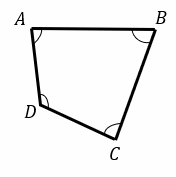
A rectangle is a type of quadrilateral in which both adjacent sides are perpendicular to each other and form right angles. all a rectangle’s angles are \(90^{\circ}\). \({\angle}A+{\angle}B+{\angle}C+{\angle}D=360^{\circ}\).
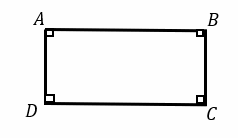
A square is a quadrilateral, in other words, it is a geometric shape that has four sides, all of which are equal to each other and form a \(90-\)degree or right angle with each other. \({\angle}A+{\angle}B+{\angle}C+{\angle}D=360^{\circ}\).
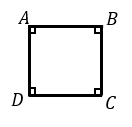
The parallelogram is a simple quadrilateral with two pairs of parallel sides. The size of the opposite sides and the opposite angles in the parallelogram are equal. \({\angle}A+{\angle}B+{\angle}C+{\angle}D=360^{\circ}\).
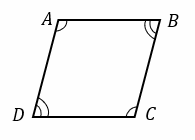
Finding Quadrilateral angles Example 1:
Find the missing angle in the quadrilateral.
Solution: We have been given three angles and need to determine the measure of the fourth. Add together the measures of the known angles.
\(125^{\circ}+90^{\circ}+105^{\circ}=320^{\circ}\)
Subtract the sum from \(360^{\circ}\) to determine what remains for the fourth angle. \(360^{\circ}-320^{\circ}=40^{\circ}\)
The measure of the unknown angle is \(40^{\circ}\)
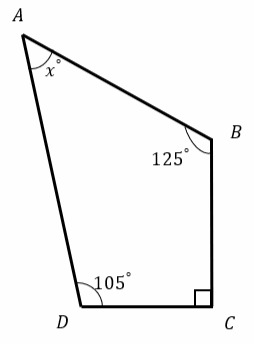
Finding Quadrilateral angles Example 2:
Find the missing angle in the quadrilateral.
Solution: We have been given three angles and need to determine the measure of the fourth. Add together the measures of the known angles.
\(78^{\circ}+85^{\circ}+57^{\circ}=220^{\circ}\)
Subtract the sum from \(360^{\circ}\) to determine what remains for the fourth angle. \(360^{\circ}-220^{\circ}=140^{\circ}\)
The measure of the unknown angle is \(140^{\circ}\)
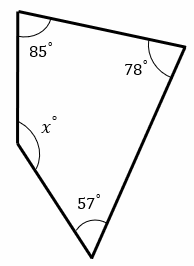
Exercises for Finding Quadrilateral angles
Find the missing angle in each quadrilateral.
1)\(x=\)
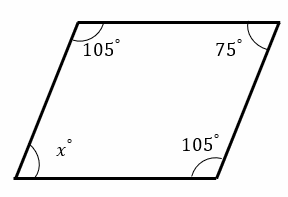
2)\(x=\)
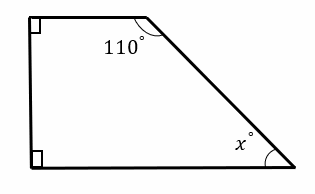
3)\(x=\)
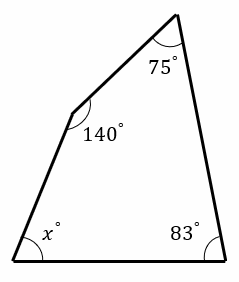

- \(x=75^{\circ}\)
- \(x=70^{\circ}\)
- \(x=62^{\circ}\)
Related to This Article
More math articles
- SSAT Upper Level Math FREE Sample Practice Questions
- How to Graph Box Plot?
- p-Series in Infinite Sums: Convergence Test Simplified
- How to Master All the Properties of Definite Integrals
- How to Prepare for the ACT Math Test?
- What are the four Branches of Mathematics?
- What Kind of Math Is on the GRE?
- 5th Grade STAAR Math Worksheets: FREE & Printable
- A Comprehensive Collection of Free Praxis Math Practice Tests
- How to Find Inverse of a Function? (+FREE Worksheet!)


















What people say about "How to Find Missing Angels in Quadrilateral Shapes? (+FREE Worksheet!) - Effortless Math: We Help Students Learn to LOVE Mathematics"?
No one replied yet.